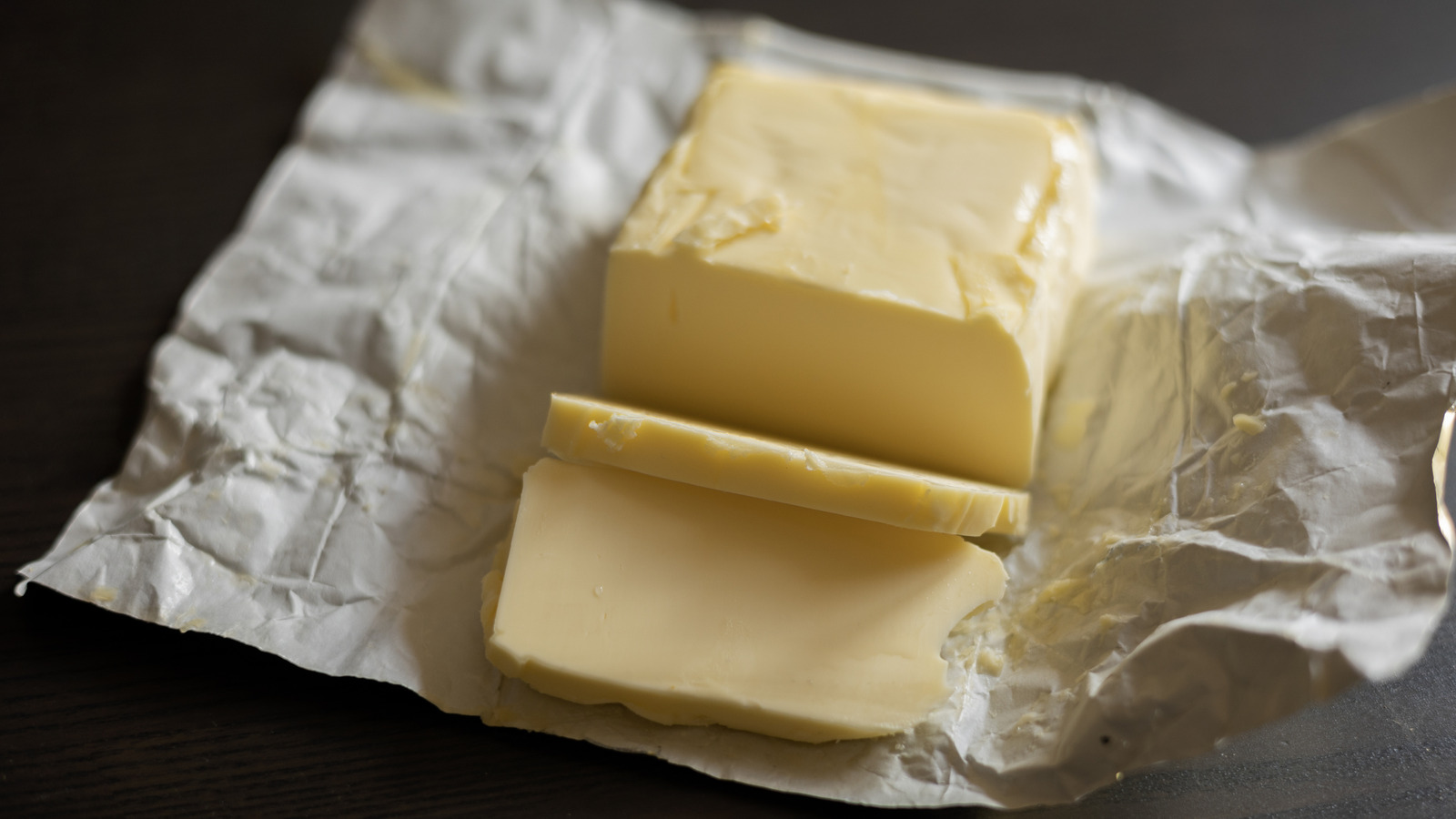
"According to the World Population Review, New Zealand leads the world by a pretty wide margin, with Kiwis eating on average 3.9 kilograms per person per year - that's about 34.5 sticks of butter. This makes perfect sense when you consider that New Zealand is actually one of the most prolific butter producers in world. Per the USDA, despite being roughly the size of Colorado, this island nation produces a whopping 4% of the world's butter, or about 515,000 tons annually."
"Believe it or not, today's butter consumption in New Zealand is actually quite modest compared to the past. If you look back to the '60s, per TeAra Encyclopedia, the people here ate a whopping 19.5 kilograms a year, per person. And no, things haven't changed because New Zealanders suddenly decided they didn't like butter anymore. The real culprit was government regulation on an alternative that's seemingly better than butter in almost every way: margarine."
New Zealand consumes the most butter per capita, averaging 3.9 kilograms per person annually, roughly 34.5 sticks. The country produces about 4% of global butter—around 515,000 tons each year—despite being roughly the size of Colorado. The United States produces only about 4% more butter while being approximately 37 times larger. High-quality, abundant dairy production supports strong domestic butter availability and culinary usage. Historical butter consumption was significantly higher; in the 1960s New Zealanders consumed about 19.5 kilograms per person annually. Government regulation of margarine contributed to the decline in butter intake by providing a regulated alternative.
Read at Tasting Table
Unable to calculate read time
Collection
[
|
...
]